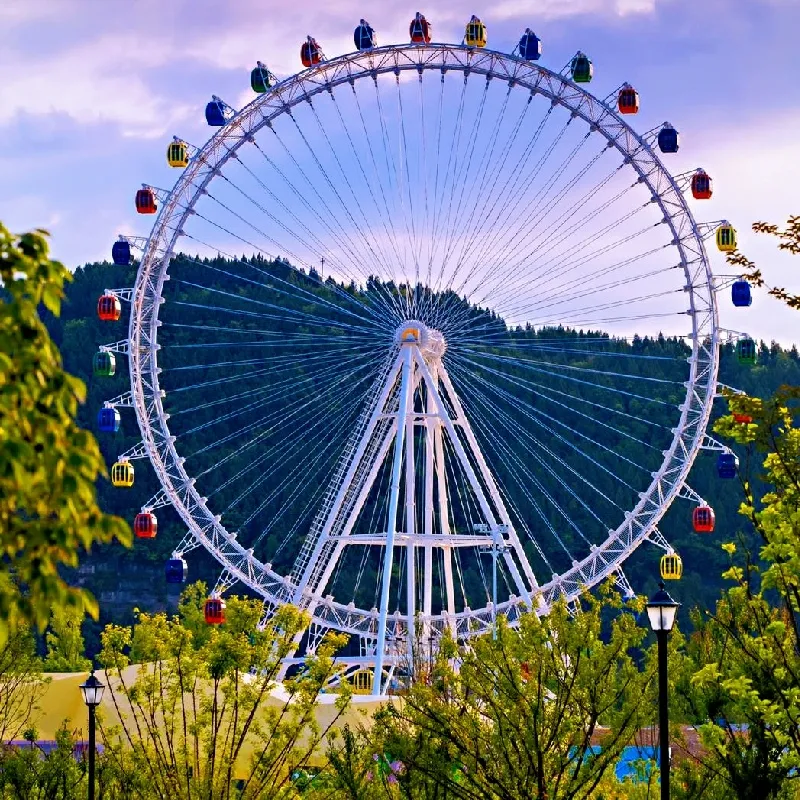- Albanian
- Arabic
- Belarusian
- Bengali
- Czech
- English
- French
- German
- Hebrew
- Hungarian
- Indonesian
- irish
- Italian
- Japanese
- kazakh
- Persian
- Russian
- Thai
- Uzbek
- Vietnamese
rollercoaster designer
Designing the Ultimate Roller Coaster Engineering Thrills and Safety
Roller coasters have long been a symbol of thrill-seeking entertainment, captivating millions with their heart-pounding drops, dizzying loops, and exhilarating speeds. As a roller coaster designer, the challenge lies not only in creating rides that thrill but also in ensuring the utmost safety for riders. This article delves into the fascinating world of roller coaster design, exploring the intricate balance of engineering, creativity, and safety protocols.
The Art and Science of Roller Coaster Design
Designing a roller coaster begins with a vision. Engineers and designers often sketch out ideas that are as imaginative as they are technically feasible. Each roller coaster begins with a concept, which might be inspired by a theme, a specific target audience, or even the natural landscape surrounding the park. Once the initial sketches are developed, designers utilize sophisticated software to create 3D models and simulations of the ride.
Calculating the ride’s trajectory is a critical step in the design process. Designers must consider the laws of physics — particularly gravity, acceleration, and centripetal force — to ensure that the experience is exhilarating yet safe. For instance, the design must account for the G-forces experienced by riders during sharp turns and drops. Excessive G-forces can lead to discomfort or even injury, so maintaining an appropriate level of force is paramount.
The Role of Safety in Design
Safety is the cornerstone of roller coaster design. Before a coaster can be built, it must undergo rigorous safety checks, including structural integrity assessments and simulations that test the ride's limits. Engineers analyze materials and construction methods, ensuring that the structure can withstand the forces exerted on it over time. Ride restraints, harnesses, and safety bars are designed to keep riders secure while allowing for enough freedom to enjoy the thrill.
Another crucial aspect of safety is the redundancy of systems. Roller coasters often incorporate multiple safety mechanisms to prevent accidents. For example, if one locking system fails, another is in place to secure the riders. Emergency stops and evacuation routes are meticulously planned and tested to ensure that in case of an emergency, operators can swiftly and effectively manage the situation.
rollercoaster designer

Innovations in Roller Coaster Technology
As technology advances, roller coaster design continues to evolve. The introduction of computer-aided design (CAD) and advanced simulation software has revolutionized the industry. Designers can now visualize complex ride elements and test scenarios without the need for physical prototypes. Moreover, innovations such as magnetic launch systems and hybrid coaster designs—combining steel and wood—have opened up new avenues for creativity.
Electric coasters that use magnetic propulsion can reach speeds previously unachievable with traditional chain lifts. This allows designers to create more dynamic experiences, such as sudden launches and incredibly steep drops. Meanwhile, virtual reality (VR) integration is becoming more common, giving riders an immersive experience that can enhance the thrill of the ride.
The Experience of the Rider
At the heart of roller coaster design is the rider's experience. Designers strive to create a ride that feels unique and memorable. This includes not just the physical experience of speed and movement but also the emotional journey. Themed elements, visual effects, and storytelling play a crucial role in enhancing the overall experience. For instance, a coaster themed around an ancient temple may incorporate jungle scenery, sound effects, and animatronic creatures, transporting riders to a different world as they race through the twists and turns.
Conclusion
Becoming a roller coaster designer is both an exciting and daunting prospect, requiring a unique blend of creativity, engineering expertise, and a commitment to safety. The result of this intricate process is not just a ride, but an unforgettable experience that entertains, exhilarates, and oftentimes terrifies. As theme parks continue to push the boundaries of innovation, the future of roller coaster design promises to be even more thrilling, captivating a new generation of riders eager for adventure. In the world of amusement parks, roller coasters remain a testament to the art of engineering, merging imagination with the laws of physics to deliver heart-stopping fun.
-
Flume Ride-Hebei Zhipao Amusement Equipment Manufacturing Co., Ltd.|Thrilling Water Attraction&Customizable DesignJul.30,2025
-
Flume Ride - Hebei Zhipao Amusement Equipment | Water Coaster, Thrilling DescentJul.30,2025
-
Flume Ride - Hebei Zhipao | Thrilling Water AttractionJul.30,2025
-
Flume Ride: Thrilling Water Attraction by Hebei Zhipao|Log Flume Manufacturers&Flume Ride DesignJul.30,2025
-
Flume Ride-Hebei Zhipao Amusement Equipment Manufacturing Co., Ltd.|Thrilling Water Coaster, Safe DesignJul.30,2025
-
Flume Ride-Hebei Zhipao Amusement Equipment Manufacturing Co., Ltd.|Thrilling Water Attraction, Safe DesignJul.30,2025
